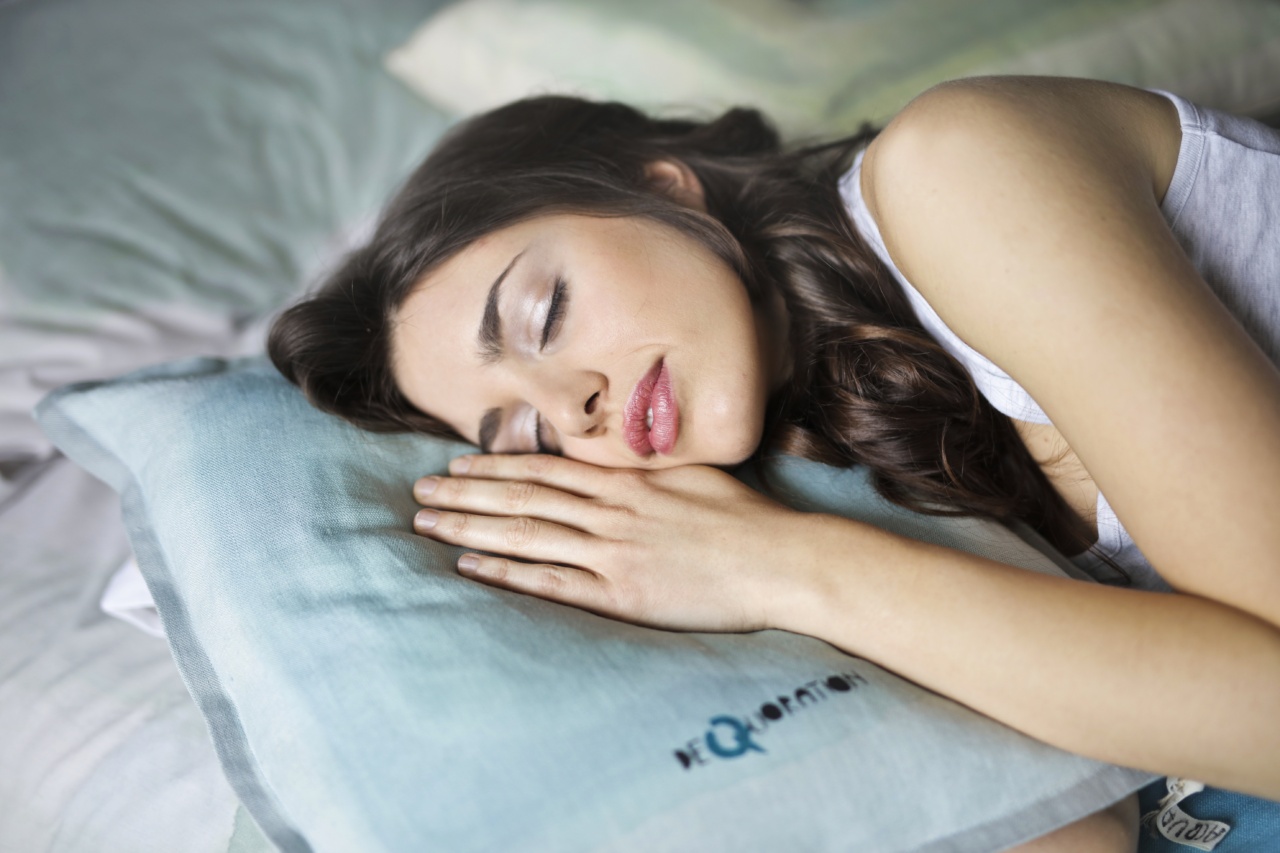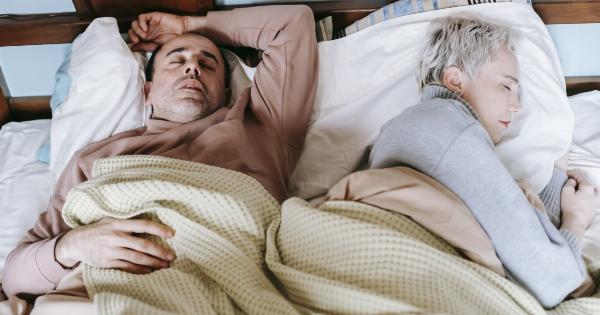Sleep disorders are prevalent in many parts of the world, and they affect people of all ages. Insomnia, sleep apnea, and restless legs syndrome are among the common sleep disorders that can negatively impact the quality of an individual’s life.
For years, people who showed signs of sleep disorders were referred to a sleep center for overnight sleep studies. However, technological advancements have made it possible for individuals to perform home-based sleep studies.
A home sleep study is a practical and cost-effective alternative to a traditional sleep study, especially for people who live in remote areas.
What is a Home Sleep Study?
A home sleep study is a diagnostic test that assesses an individual’s sleep patterns for any signs of sleep disorders.
The test is usually performed in the comfort of an individual’s home, and it involves the use of a portable device that measures and records various sleep indicators. Unlike a traditional sleep study, where an individual is supposed to spend the night in a sleep laboratory with numerous wires attached to their body, a home sleep study monitors fewer indicators, and it is less intrusive.
Preparing for a Home Sleep Study
Before a patient can perform a home sleep study, they must first consult with a sleep specialist who will evaluate their condition and determine whether a home sleep study is right for them.
Once the sleep specialist confirms that the patient requires a home sleep study, they will provide them with a sleep monitoring device that they will use during the night. The device comes with a manual that gives detailed instructions on how to use it. Patients are advised to follow the instructions carefully to ensure that they obtain accurate results.
How Does a Home Sleep Study Work?
A home sleep study involves the use of a device called a portable sleep monitor (PSM). The PSM is worn on the wrist and connected to a sleep sensor that is attached to the patient’s chest.
The device measures several sleep indicators such as breathing rate, oxygen level, and pulse rate. The patient is then required to wear the device and go to sleep as they usually would. The following morning, the patient returns the device to the sleep specialist, who analyzes the data collected during the night.
The Benefits of a Home Sleep Study
A home sleep study provides a more comfortable and practical alternative to a traditional sleep study. Firstly, it eliminates the need for individuals to spend a night at a sleep laboratory, which can be stressful and uncomfortable.
Secondly, it enables patients to sleep in their beds, which can help them achieve more natural sleep patterns. Home sleep studies are also considerably cheaper than traditional sleep studies, making them more accessible to a greater number of patients.
Limitations of a Home Sleep Study
Although home sleep studies offer numerous benefits, they do have some limitations. For instance, a home sleep study measures fewer indicators; thus, it may be less accurate compared to a traditional sleep study.
In some cases, patients may need follow-up testing, which can be more labor-intensive, invasive, and expensive. Additionally, a home sleep study is not recommended for patients who require close monitoring or have complex sleep disorders.
What Conditions Can Be Diagnosed with a Home Sleep Study?
A home sleep study can diagnose numerous sleep disorders, including:.
- Sleep Apnea
- Snoring
- Insomnia
- Restless Legs Syndrome
- Narcolepsy
- Periodic Limb Movement Disorder
Conclusion
A home sleep study is an effective and less intrusive alternative to traditional sleep studies for diagnosing sleep disorders.
It provides patients with greater convenience, comfort, and affordability, making it more accessible to anyone with diverse needs. However, a home sleep study may not be suitable for all patients and requires careful evaluation by a sleep specialist.






























